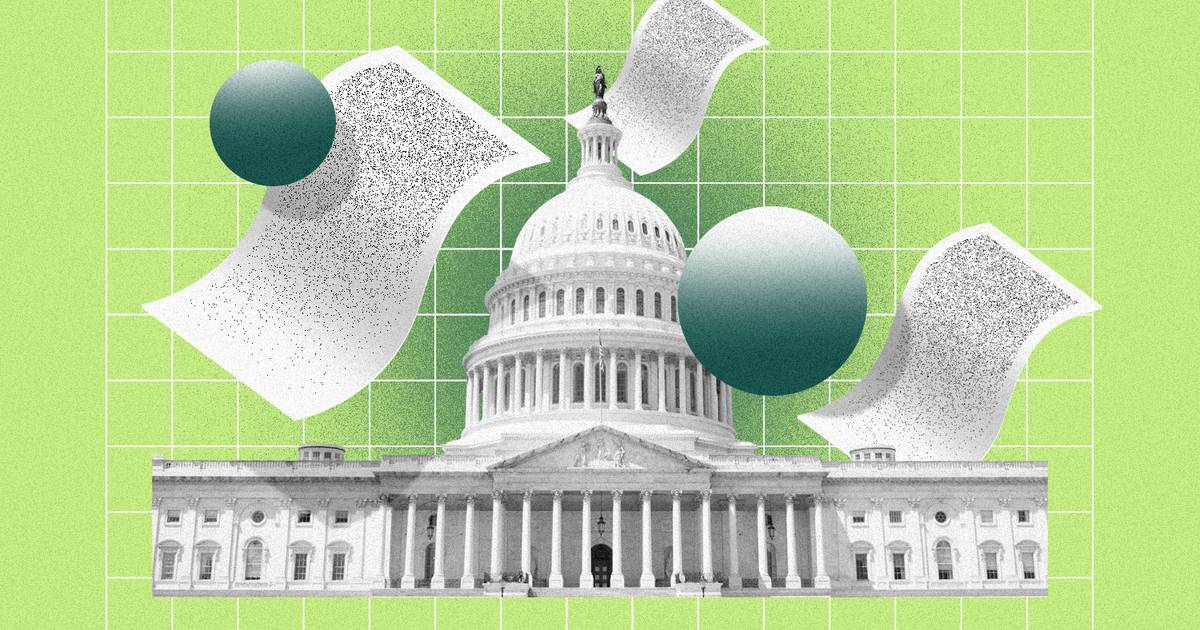Quick-to-read HR news & insights
From recruiting and retention to company culture and the latest in HR tech, HR Brew delivers up-to-date industry news and tips to help HR pros stay nimble in today’s fast-changing business environment.
The Department of Labor (DOL) announced a final rule on March 29 clarifying a regulation that allows employers and employees to designate a representative to accompany the Occupational Safety and Health Administration (OSHA) compliance officer during workplace inspections.
OSHA has long allowed employees to designate a representative to accompany OSHA officials during physical workplace inspections (known as “walkarounds”), whether they’re employed directly by the business being inspected or not. In some cases, these representatives may come from a labor union representing the workers. In 2017, however, a district court questioned this interpretation of the regulation.
In this final rule, which takes effect May 31, OSHA clarified that employees may select either a fellow colleague or a non-employee as a representative during workplace inspections. In order for a non-employee to be selected, an OSHA compliance officer must judge that “they are reasonably necessary to aid in the inspection,” according to the final rule published in the Federal Register.
What HR should know. The revised regulation broadens the definition of who may be selected as a third-party representative of an employee for OSHA inspections. Whereas the previous version stated the representative should have certain types of credentials (“such as an industrial hygienist or a safety engineer”), the new regulation says a compliance officer can approve a non-employee based on a range of qualities, including “relevant knowledge, skills, or experience with hazards or conditions in the workplace or similar workplaces, or language or communication skills.”
This rule doesn’t have direct compliance implications for employers, OSHA noted, as it concerns employee rights, and is not health and safety. Employers may limit employees’ authorized representatives from entering “areas of the workplace that contain trade secrets,” and either party has the right to object to a third-party representative (such disputes would be resolved by the OSHA compliance officer).
In comments to OSHA, organizations representing employers expressed concerns that this rule “will facilitate union organizing,” as members of labor unions may be designated as third-party representatives for employees, even if the workers themselves aren’t unionized. OSHA disputed this characterization, writing in the final rule that “employee representation during the inspection is critically important to ensuring OSHA obtains the necessary information about worksite conditions and hazards.” The agency added, “the rule does not limit third-party representatives to union representatives but clarifies that varying types of third parties may serve as employee representatives based on their knowledge, skills, or experience.”

